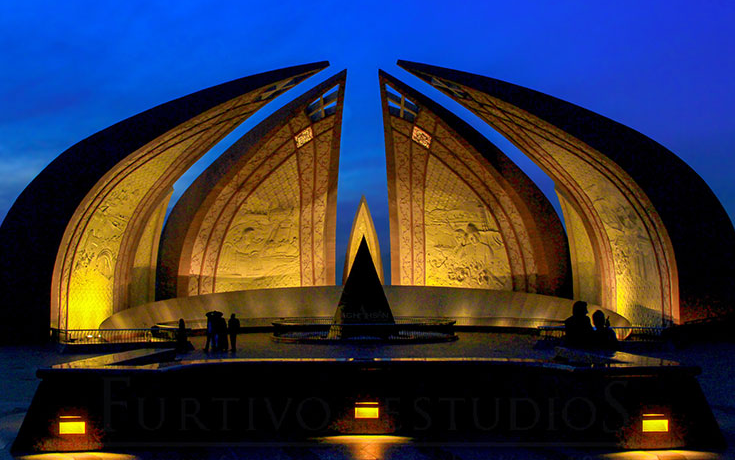If there’s one landmark that truly encapsulates the rich history and architectural marvels of Croatia, it’s the Croatia National Monument. This iconic national monument stands as a testament to the country’s cultural heritage, drawing in tourists and history enthusiasts from around the world. In this article, we will delve into the fascinating history, intricate design, and cultural significance of the Cathedral of Saint Domnius, also known as the Split Cathedral.
Nestled within the heart of Split, Croatia, the Cathedral of Saint Domnius stands as a captivating example of ancient architecture and spiritual devotion. This awe-inspiring structure has been a focal point of Croatian culture for centuries, drawing both locals and visitors alike to its majestic presence.
A Glimpse into Croatia’s History
The history of the Cathedral of Saint Domnius is intertwined with the history of Croatia itself. Originally built in the 7th century, the cathedral was dedicated to the Virgin Mary and served as a mausoleum for the Roman emperor Diocletian. Over time, it transformed into a Christian cathedral, becoming a symbol of the region’s shift from ancient Roman rule to Christianity.
The Magnificent Architecture of the Croatia National Monument
The architectural brilliance of the Cathedral of Saint Domnius is a harmonious blend of Roman, Byzantine, and Gothic styles. Its imposing bell tower and intricate carvings leave visitors in awe, while the grandeur of the interior is equally captivating. The use of local white limestone adds to its unique charm, creating a mesmerizing sight that is best appreciated up close.
Croatia National Monument: Religious Significance and Pilgrimages
As the oldest Catholic cathedral in the world that remains in use, the Cathedral of Saint Domnius holds immense religious importance. It has been a place of pilgrimage for centuries, attracting believers who seek solace and spiritual connection within its hallowed walls.
Artistic Treasures Within the Cathedral
The interior of the cathedral is adorned with a plethora of artistic treasures, including medieval wooden doors, intricate frescoes, and a stunning Romanesque pulpit. These artistic elements not only showcase the talent of the craftsmen of yore but also provide a glimpse into the historical and religious narratives of the time.
Croatia National Monument: Restoration Efforts and Preservation
Preserving the Cathedral of Saint Domnius is a labor of love. Over the years, dedicated restoration efforts have been undertaken to ensure that this national monument remains structurally sound and visually captivating. These efforts not only safeguard the cathedral’s physical integrity but also contribute to the preservation of Croatia’s cultural heritage.
Exploring the Surrounding Diocletian’s Palace
Adjacent to the cathedral is the remarkable Diocletian’s Palace, a UNESCO World Heritage Site. This sprawling palace complex was built by the Roman emperor Diocletian himself and now houses a vibrant array of shops, cafes, and museums. The synergy between the palace and the cathedral creates a harmonious blend of ancient history and modern-day life.
Croatia National Monument: A Cultural Hub
Beyond its religious significance, the Cathedral of Saint Domnius has become a hub for cultural events and gatherings. Concerts, exhibitions, and traditional celebrations frequently take place within its confines, breathing new life into the age-old monument.
Impact on Tourism and Local Economy
The Cathedral of Saint Domnius has a profound impact on Croatia’s tourism industry and local economy. Its allure draws travelers from all corners of the globe, boosting the hospitality sector, creating job opportunities, and contributing to the overall prosperity of the region.
Frequently Asked Questions (FAQs)
- Is the Cathedral of Saint Domnius still an active place of worship?
Yes, the cathedral is still actively used for religious services.
- What is the significance of the cathedral’s bell tower?
The bell tower offers panoramic views of Split and the surrounding landscape.
- Are there any guided tours available for visitors?
Absolutely, guided tours are available for those who wish to explore the cathedral’s history and architecture in depth.
- Can visitors climb the bell tower?
Yes, visitors can climb the bell tower to enjoy breathtaking vistas of the city.
- Is photography allowed inside the cathedral?
Photography is generally allowed, but it’s advisable to check with the cathedral staff for any specific guidelines.
Conclusion
In the heart of Croatia, the Cathedral of Saint Domnius stands as a timeless link between the past and the present. Its captivating architecture, religious significance, and cultural vibrancy make it a must-visit destination for anyone seeking to explore the rich tapestry of Croatian heritage. As visitors walk through its hallowed halls, they are reminded of the enduring legacy that this remarkable monument represents.
References
- Croatian National Tourist Board. “Split Cathedral of St. Domnius.” Croatia.hr. https://croatia.hr/en-GB/experience/cultural-heritage/religious-architecture/split-cathedral-of-st-domnius
- UNESCO. “Historical Complex of Split with the Palace of Diocletian.” https://whc.unesco.org/en/list/97
- European Route of Historic Thermal Towns. “Diocletian’s Palace in Split.” https://historicthermalholidays.com/diocletians-palace-split-croatia/

